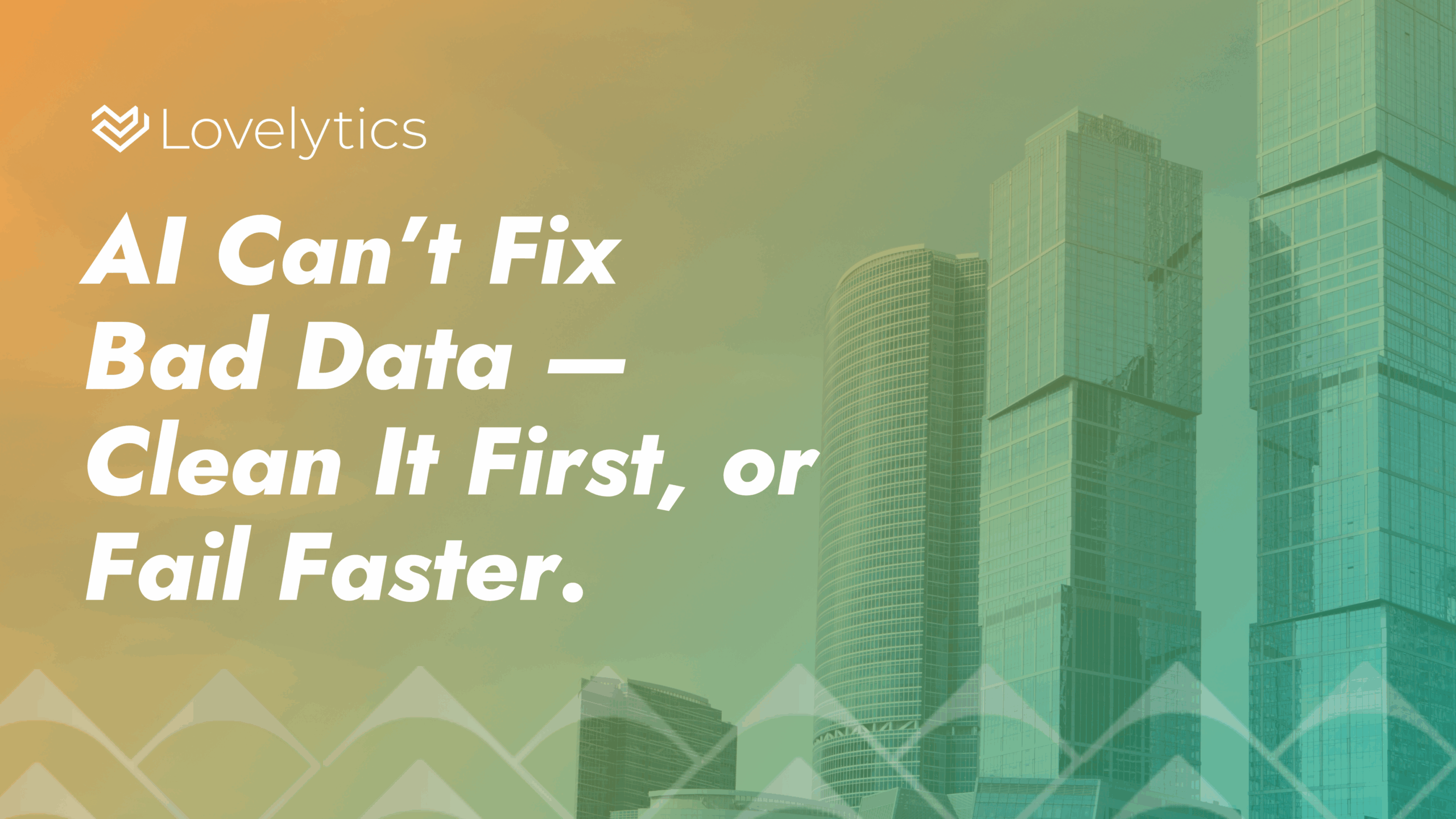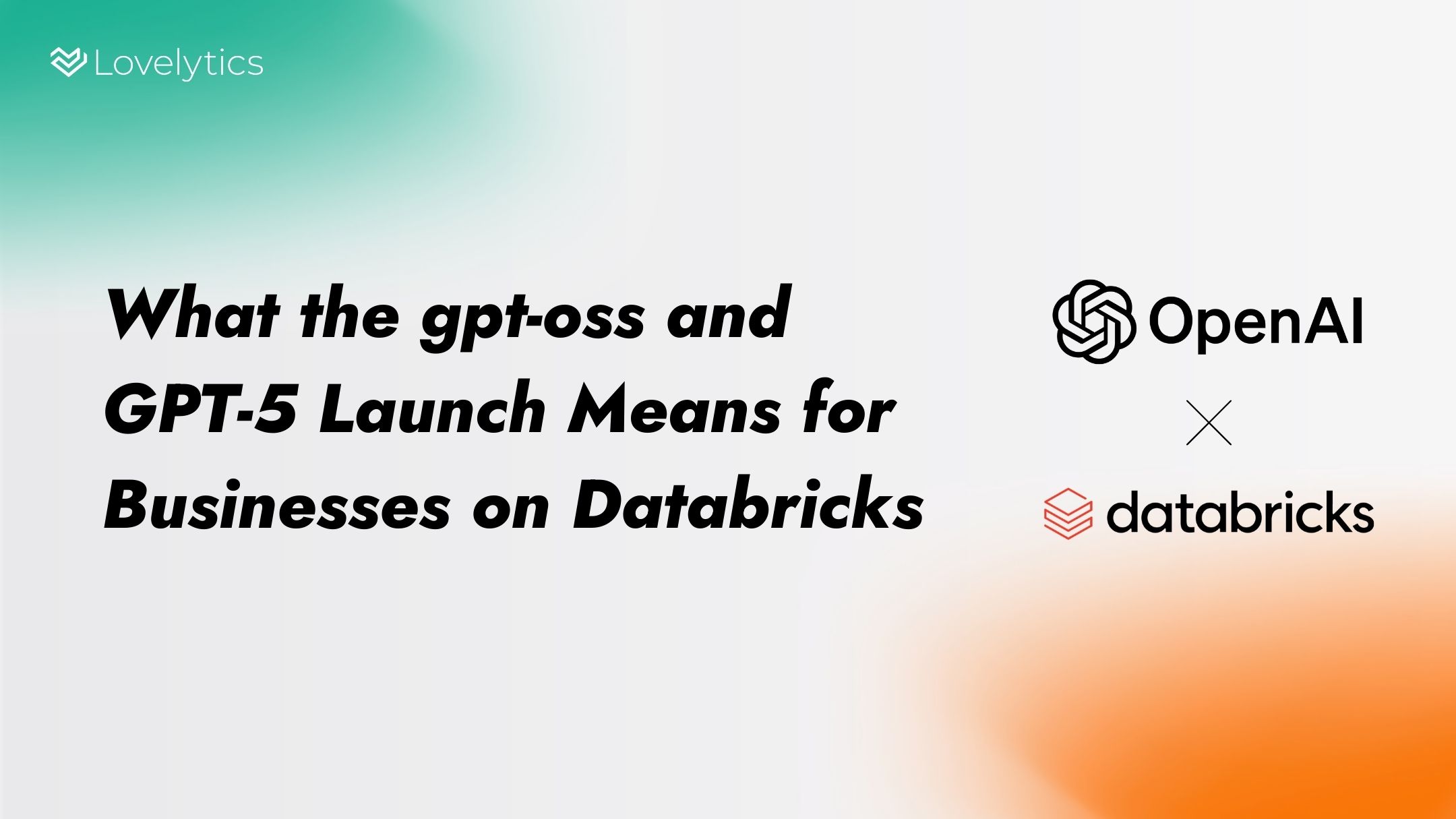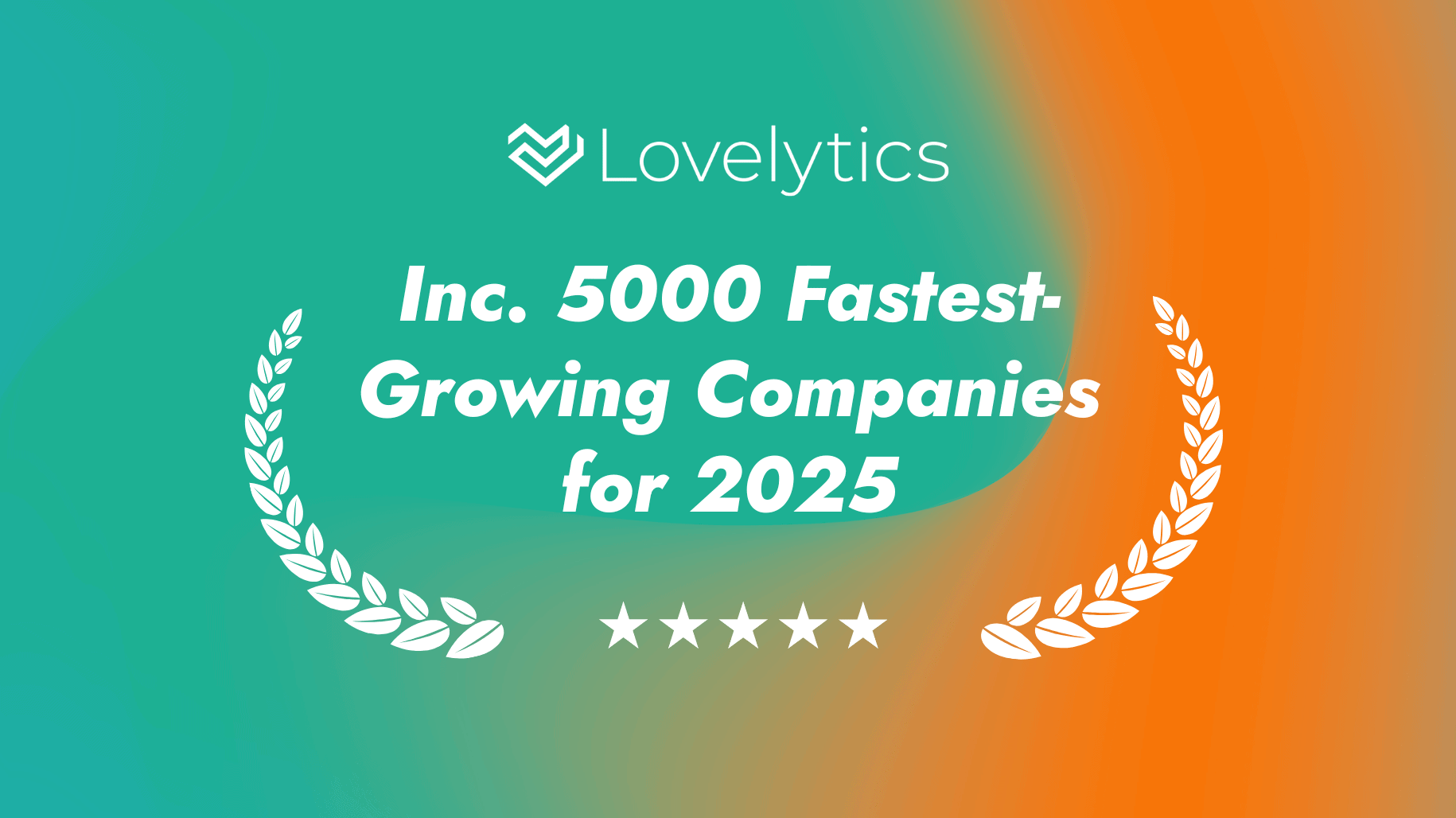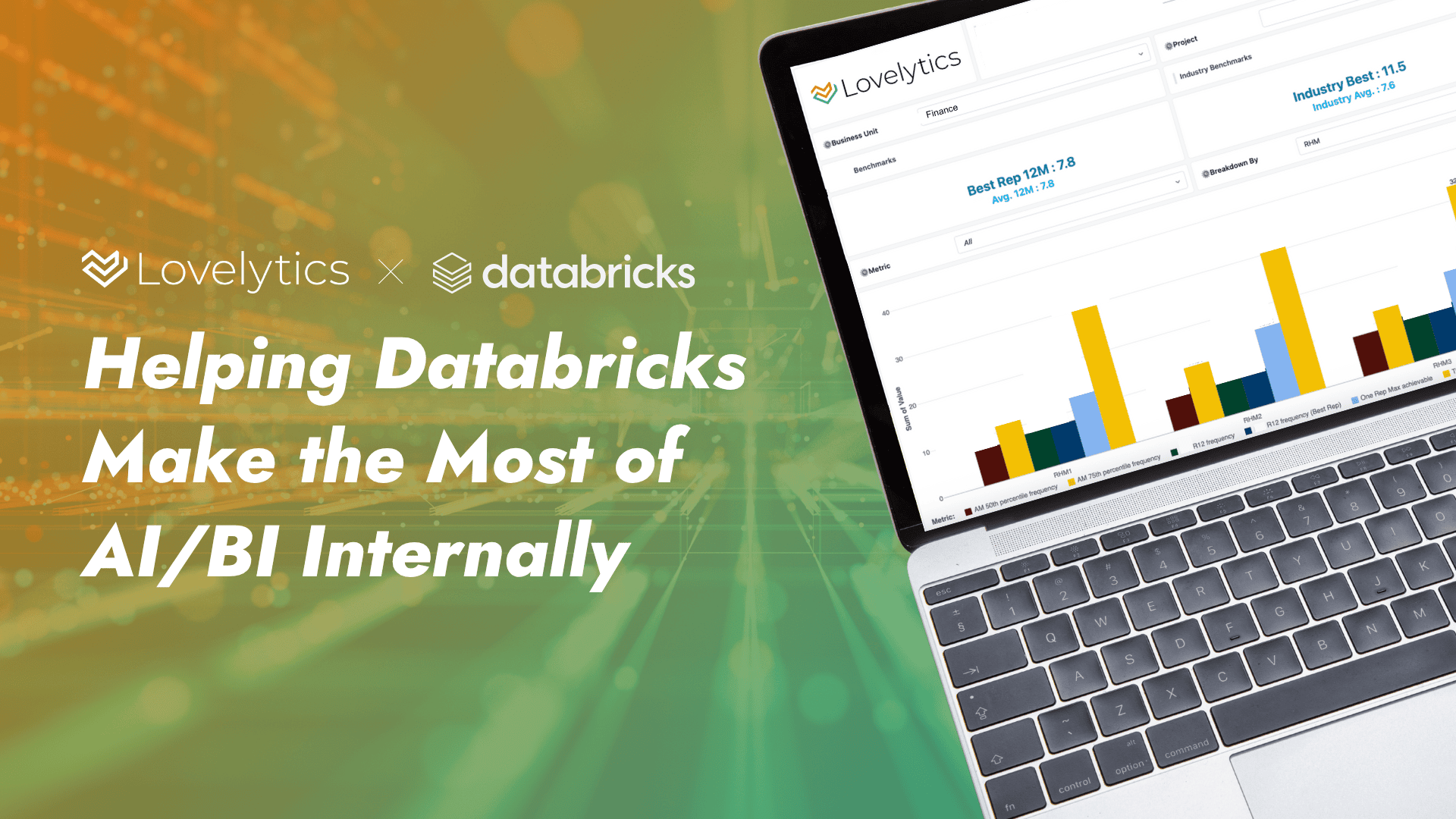Most companies don’t have a data problem. They have a data usability problem.
You have data. Lots of it. But when it’s time to make a business decision, whether it’s rebalancing inventory, planning a promotion, or presenting to leadership, things break down.
The data is scattered. It’s not trusted. It’s unclear who owns it. And teams spend more time wrangling spreadsheets than extracting value.
That’s where the idea of “Data as a Product” comes in and it’s becoming one of the most important shifts we’re seeing in how companies approach data and analytics.
What Is “Data as a Product”?
Think of a data product like you would a software product: it’s not just raw data, it’s a curated, reliable, documented asset that’s easy to discover, access, and use.
It could be a dashboard, an API, a reusable dataset, or even a machine learning model. But the key is this: it’s built with the end user in mind, and it’s treated like a real product. It has ownership, standards, versioning, and support.
Why Is It Called a “Product”?
Because it’s:
- User-focused – Built for analysts, apps, and AI models, not just data teams
- Reliable – Maintained, updated, and monitored for quality
- Reusable – One team builds it, many teams use it
- Measured – With KPIs for usage, value, and trust
It’s a shift from “collect everything” to “deliver what matters.”
Real Example: Category Insights in Retail
Imagine you’re a category manager in retail. You need to understand:
- How your product category is performing across regions
- Which SKUs are moving fastest
- Where inventory gaps might lead to missed sales
Instead of requesting custom reports or navigating outdated spreadsheets, you access a category insights data product – a dashboard and dataset that’s:
- Updated daily with sales, inventory, and pricing data
- Fully documented with business logic and data sources
- Owned jointly by category management and analytics
- Tracked for usage and continuously improved
The result? Less time chasing data. More time acting on it.
How Companies Are Making It Work
We’re seeing two common patterns:
- Centralized teams start by building cross-domain products (e.g., finance, supply chain, customer)
- Data mesh models evolve, where each business domain owns and maintains their own data products – with platform support and governance from a central team
In both cases, success depends on clarity of ownership, a user-first mindset, and strong collaboration across business and technical teams.
What “Ownership” Really Means
Owning a data product isn’t a one-time task – it’s an ongoing commitment to:
- Maintain data quality and freshness
- Align business logic to how the team actually operates
- Support users with clear documentation and feedback channels
Evolve the product based on changing needs
That’s why leading companies are assigning data product owners – roles similar to software product managers – to drive roadmap, adoption, and value.
The Payoff
Companies that adopt a data product mindset are seeing:
- Faster insights – Less time cleaning, more time analyzing
- Greater trust – Clear ownership and documentation
- Increased reuse – Fewer redundant reports, more scalable insights
- Better decisions – Because the data is finally usable
Data as a product isn’t a data strategy, it’s a business enablement strategy. And it’s how data-driven organizations can turn information into action.
Curious if your team is ready for data product thinking? Let’s talk. We’re seeing this reshape how businesses use data – and the impact is real.












